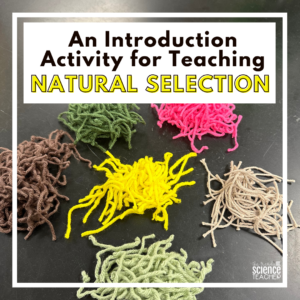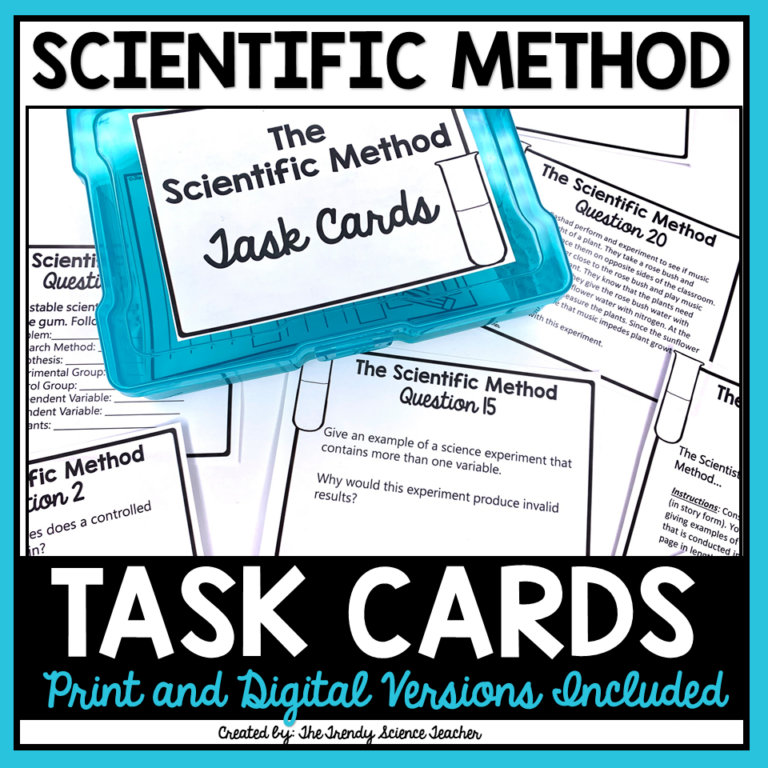
Teaching the Steps of Crime Scene Investigation in Forensics

One of my favorite teaching strategies is the JIGSAW strategy. It can be used in any grade level and for any subject area. For my forensic science students, I use the JIGSAW strategy for Teaching the Steps of Crime Scene Investigation in Forensics.
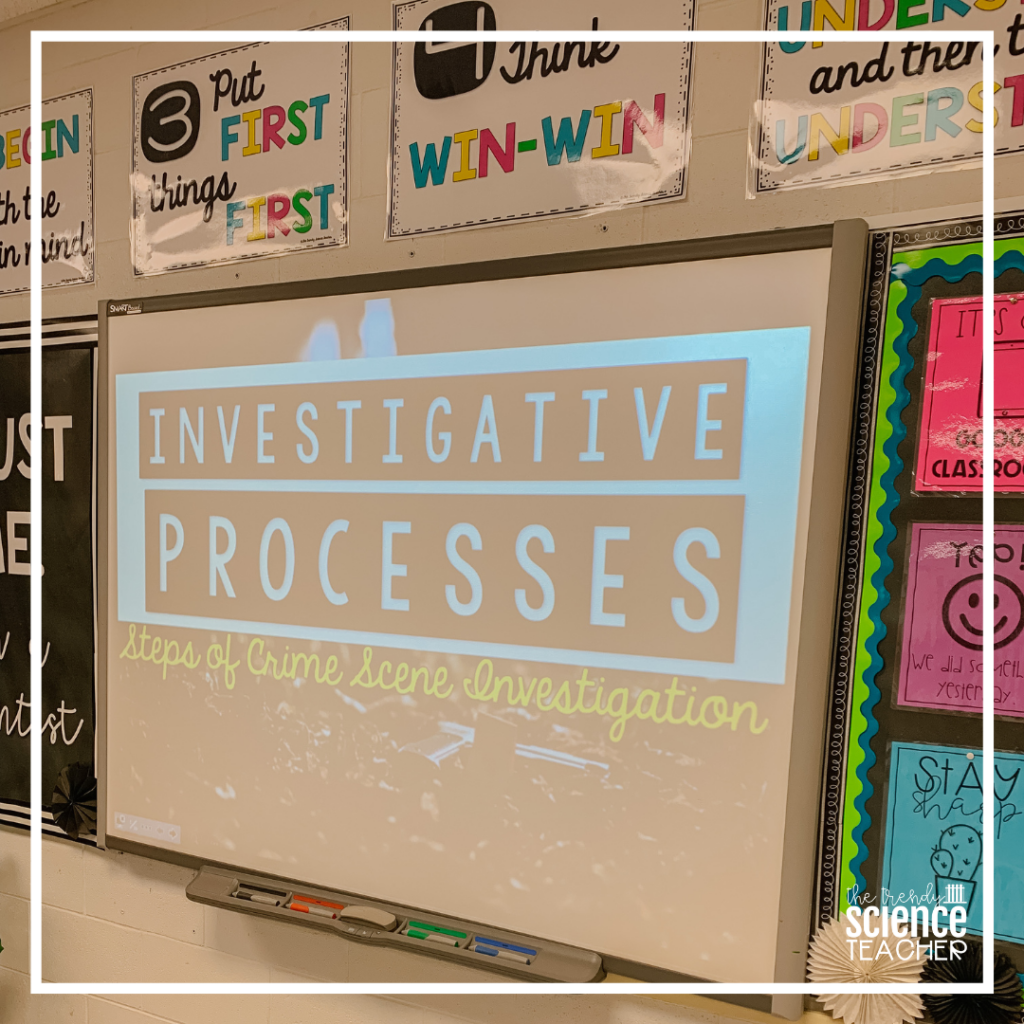
What is the JIGSAW strategy?
A JIGSAW activity is a student-directed, cooperative-learning technique that gives students the opportunity to specialize in one aspect of a topic, master the topic, and teach the material to their classmates. Asking students to work together in a jigsaw builds comprehension, encourages cooperation, and improves communication and problem-solving skills. Additionally, it places the responsibility of the learning on the student. This activity works great for introducing a new topic, like the 7 steps of CSI.

How does the JIGSAW work?
A traditional jigsaw activity starts with a concept or topic that you want to teach. For this blog post, I am using the Steps of Crime Scene Investigation. Begin by dividing the concept into 6-8 smaller topics. Since there are 7 steps of crime scene investigation, I created posters for each of the 7 topics that my students would need to learn about.
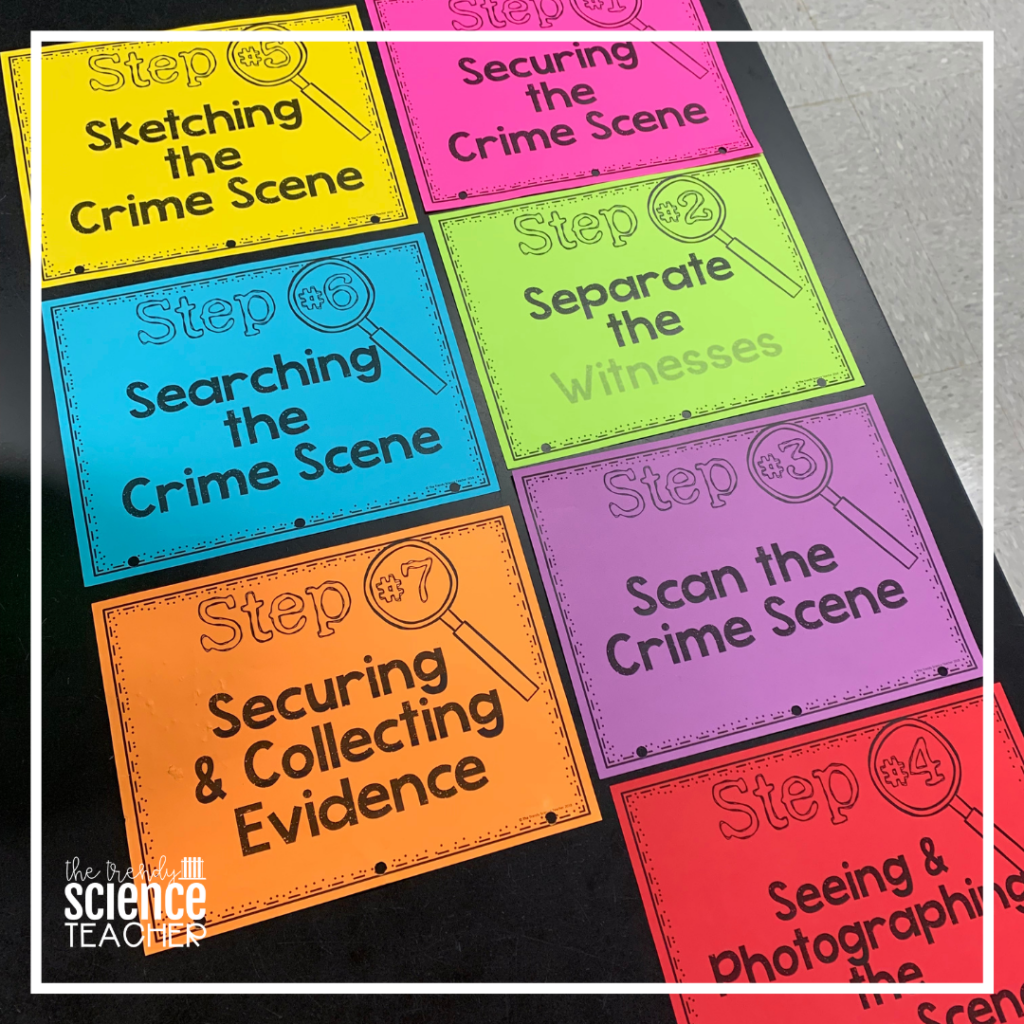
I started the class period by dividing my students. It works best if there are 3-4 students for EACH topic. These groups were the “expert groups” of the jigsaw. I prepared a guided notes sheet to help students gather information for each topic. Here is an example of what I wanted my experts to know about each topic. Each expert group used the internet and textbooks to answer the guided questions.
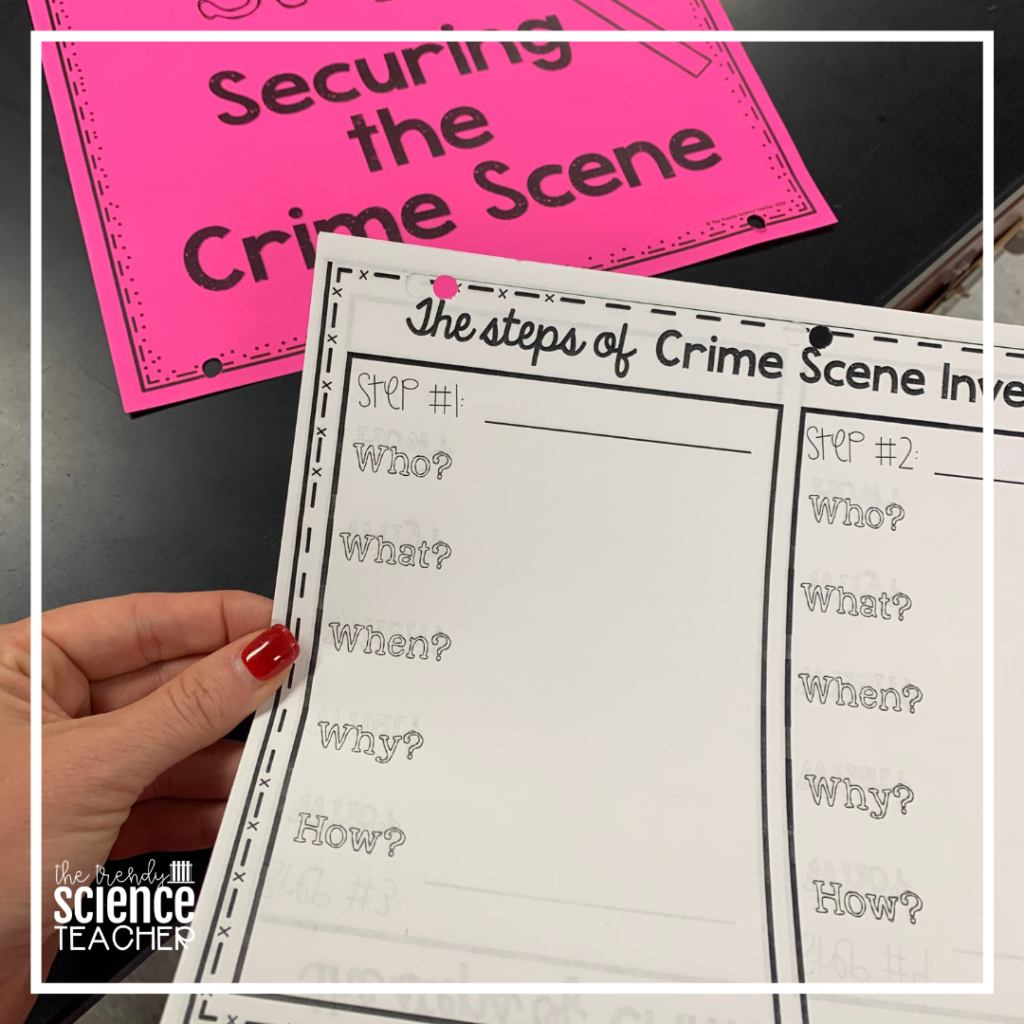
While the students worked, I walked around to each group and assigned each group member a different color. For example, for a group of 4, I assigned each student one of the following colors: blue, red, yellow, green.
After about 15 minutes, I broke the students into their “jigsaw” groups. There were four total jigsaw groups (red, blue, green, and yellow). Each group was comprised of one person from each of the 7 “expert” groups. Each person took turns sharing their knowledge with their jigsaw group. As they shared, group members completed this notes packet.

This activity takes about 40-45 minutes to complete from start to finish. If you are interested in grabbing my ready-to-go version of this activity, click HERE.

I hope today’s blog post has provided you with a simple, yet effective strategy for Teaching the Steps of Crime Scene Investigation in Forensics.
Until next time, happy teaching!

Share it:
- Read more about: FORENSICS

